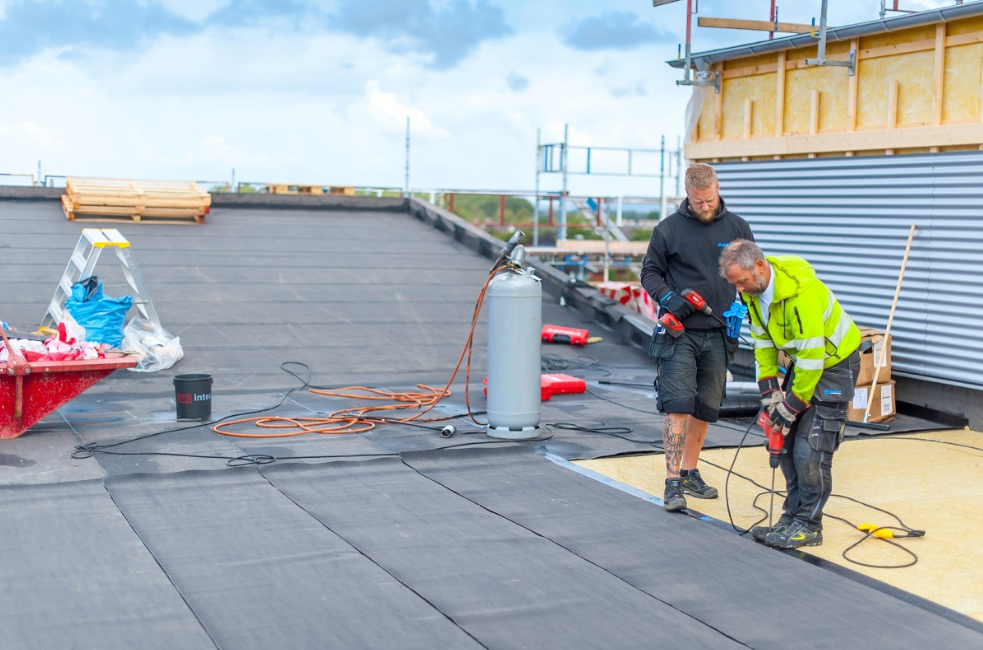Suppose you are sitting on your couch, drinking a cup of coffee, and you notice a dripping sound hitting the inside of your ceiling made with plaster. With the passage of time, the ceiling and walls start wearing and turning brown. And the paint of walls and ceiling start to bubble. This is the time when your bathroom and roof waterproofing Cape Town broke down.
Waterproofing is very important for homes and basements where there is a high chance of flooding and water damaging. Thus, it helps to protect the ceiling and walls of the basement and bathroom from any kind of potential water damage.
There are a few most common methods that are used to make the roof and floor waterproof:
Cementitious waterproofing:
In this method of waterproofing, cement is used to create a solid layer that protects the ceiling and floor from water damage. This material makes a water-repellent layer. Cement is used along with acrylic additive that helps to create a solid and durable base.
The best thing about this material is that it never contracts or expands even under heat exposure. It is most commonly applied during the structure formation of the home and before the tiles are laid.
Elastomeric waterproofing coating:
A special type of rubber liquid is used in this type of waterproofing technique. And when two to three coats of this liquid is applied, it starts curing the thin rubber membrane. This technique is more effective than cement waterproofing because the rubber layer is stretchable than cement.
This technique is mostly applied when it comes to making the outdoor areas of the property waterproof. This material can withstand harsh sunlight; therefore, it is the most common and suitable method for roofs.
Bituminous waterproofing coating:
This technique is mostly used for paving roads, but this technique is also very effective for the waterproofing method. Bituminous is also called asphalt material which is high in flexibility due to the fibre reinforcements and polymer grade.
Moreover, this material is used as paint and spread onto the surface where waterproofing is required. This material is not best for heat exposure areas.
Polyurethane liquid membrane:
It is one of the most expensive methods of waterproofing. This method is most commonly applied on flat roofs. The best thing about this method is that it can withstand both exposed and non-exposed elements.
These are the most common methods of roof waterproofing Cape Town. So if you are also planning to make your rood waterproof, you should consider these methods so that you can choose the best suitable according to your needs.




